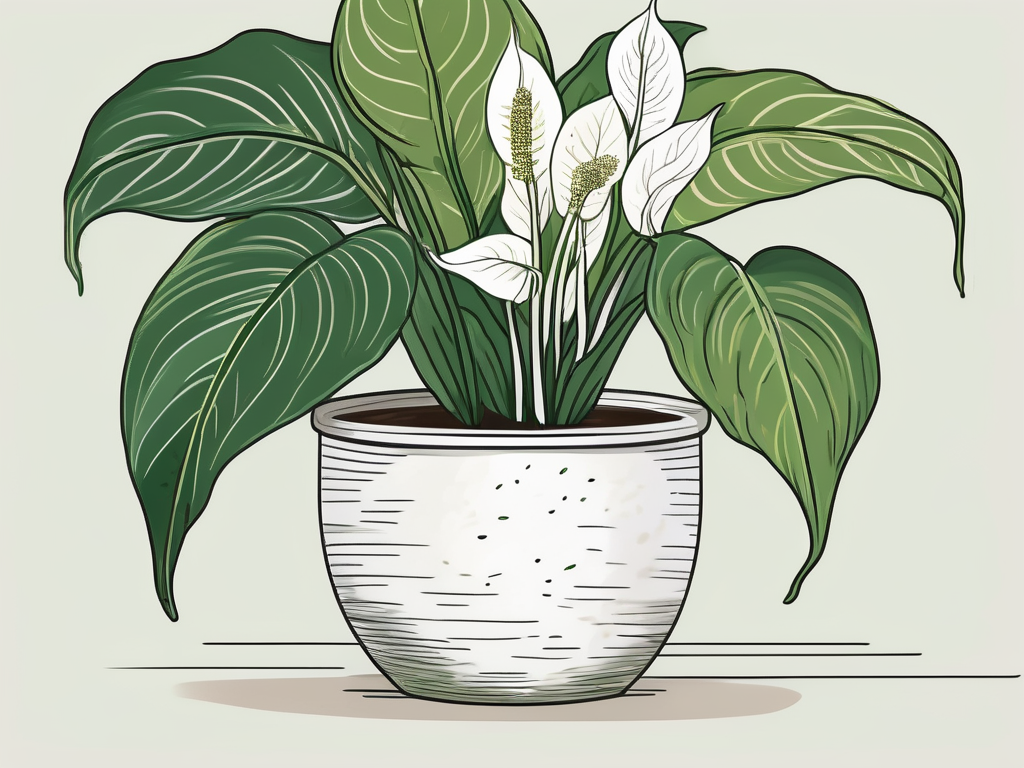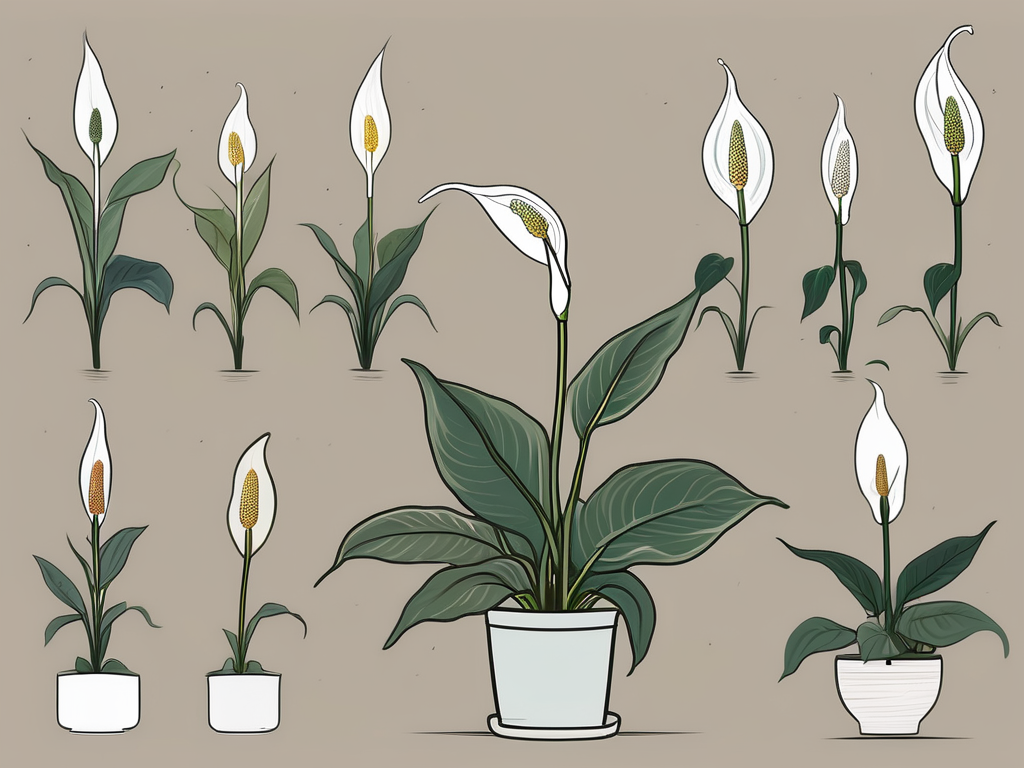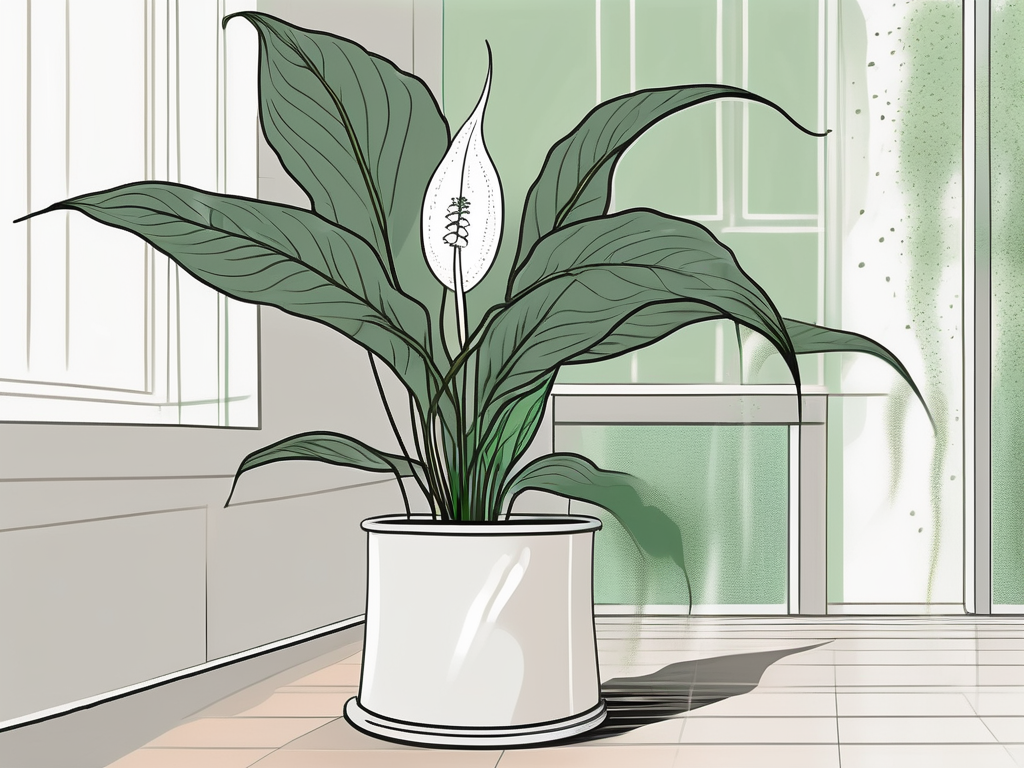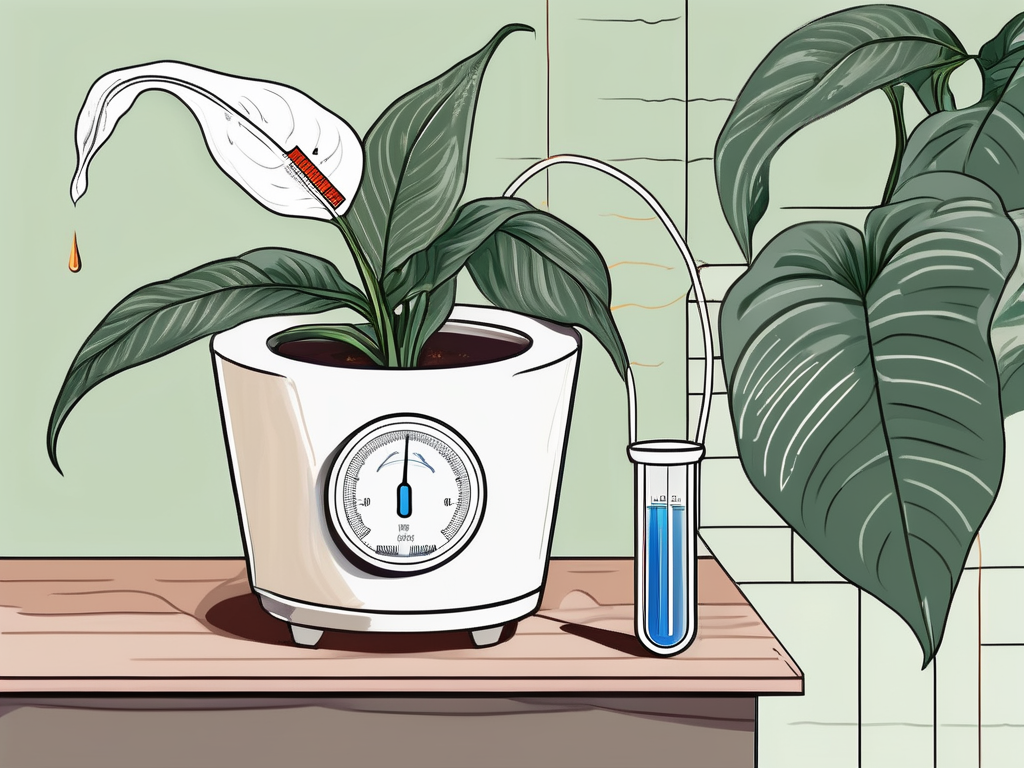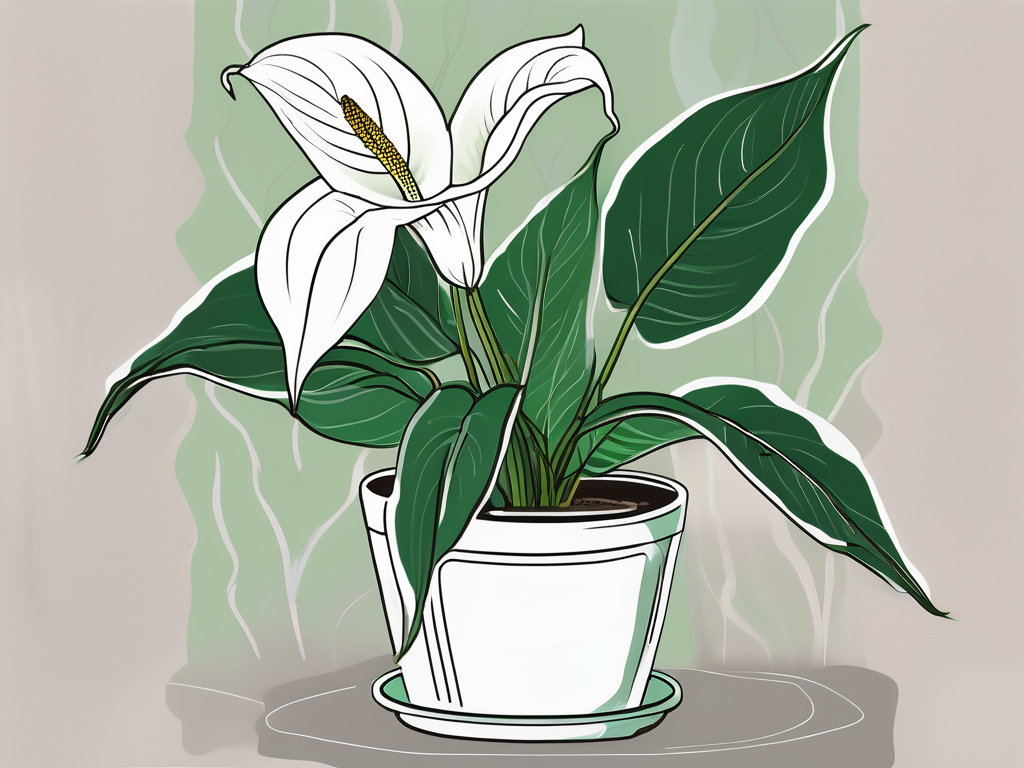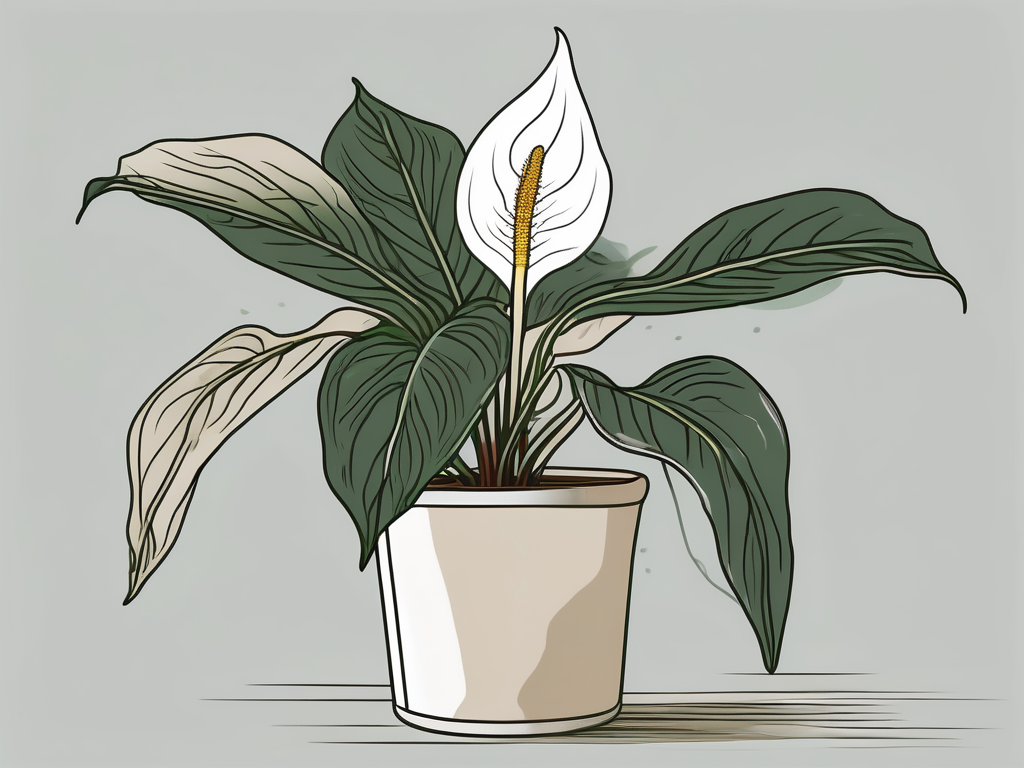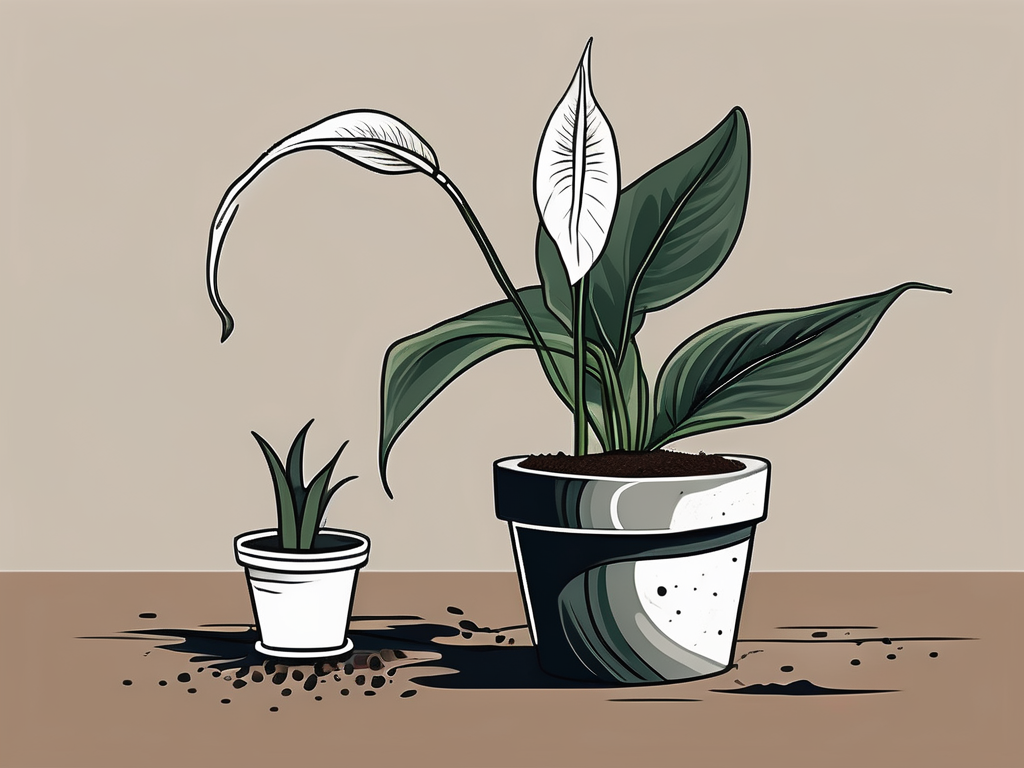
Peace lilies, with their elegant white blooms and lush green leaves, are a favorite among plant people for a good reason. They're not only beautiful but also relatively easy to care for, making them perfect for beginners and experienced plant parents alike. However, one key component of keeping your peace lily healthy and thriving is the right soil.
In this guide, we'll explore everything you need to know about choosing the best soil for your peace lily. From understanding what makes a good soil mix to practical tips for improving drainage and avoiding common pitfalls, we've got you covered. So, whether you're a seasoned green thumb or just starting out, you'll find valuable insights to help your peace lily flourish.
Understanding Peace Lily Soil Needs
Peace lilies are native to the tropical rainforests of Central and South America, where they thrive in warm, humid conditions. In their natural habitat, they grow on the forest floor, often in the shade of larger trees. This environment provides clues to the type of soil they prefer.
First and foremost, peace lilies need well-draining soil. While they enjoy moist conditions, they don't like to sit in waterlogged soil, which can lead to root rot. A good soil mix for peace lilies should retain moisture without becoming soggy.
Here are some key characteristics to look for in peace lily soil:
- Well-draining: Allows excess water to escape, preventing root rot.
- Moisture-retentive: Holds enough moisture to keep the plant hydrated between waterings.
- Rich in organic matter: Provides essential nutrients for growth.
- pH level: Slightly acidic to neutral (around 5.5 to 6.5) is ideal.
Now that we know what peace lilies need, let's look at how to create or choose the perfect soil mix.
Components of a Good Peace Lily Soil Mix
Creating the ideal soil mix for your peace lily involves combining different components that together provide the perfect balance of drainage and moisture retention. Here are some common ingredients you might consider:
- Peat moss: Great for retaining moisture while remaining lightweight and breathable. It's commonly used in houseplant soil mixes.
- Perlite: A volcanic glass that has been heated to create a lightweight, airy material. It improves drainage and aeration.
- Bark chips: These add structure and improve the soil's ability to drain excess water.
- Compost: Rich in nutrients, compost adds the organic matter that peace lilies love.
- Sand: A small amount can improve drainage, though it can make the soil heavier, so use it sparingly.
A typical peace lily soil mix might include peat moss, perlite, and bark chips, in a ratio that allows for good drainage while retaining some moisture. For example, you could start with two parts peat moss, one part perlite, and one part bark chips.
Improving Drainage in Peace Lily Soil
If you've ever had a peace lily with droopy leaves, it might be due to poor drainage. Ensuring your soil drains well is crucial to keeping your plant happy. Here are some practical tips to improve drainage:
- Add perlite or vermiculite: These materials are excellent for increasing drainage without adding too much weight.
- Use a pot with drainage holes: This might seem obvious, but it's essential. A pot without holes can lead to waterlogging.
- Consider a layer of gravel: Placing a layer of gravel at the bottom of the pot can prevent the soil from sitting in water.
- Mix in coarse sand: Adding a bit of coarse sand can help improve drainage, but be careful not to overdo it.
Remember, while peace lilies like moisture, they don't want to sit in water. Adjust your watering schedule according to the drainage capacity of your soil to keep your peace lily thriving.
Signs Your Peace Lily Needs a Soil Change
Sometimes, your peace lily will tell you it's time for a soil change. Here are some signs to watch out for:
- Yellowing leaves: This can indicate overwatering or poor drainage, leading to root rot.
- Stunted growth: If your peace lily isn't growing as it should, it might be due to nutrient-poor soil.
- Mold or fungus: Visible mold on the soil surface can be a sign of excess moisture.
- Compacted soil: If the soil feels hard and compacted, it may not be allowing roots to breathe.
If you notice these signs, it might be time to repot your peace lily with fresh soil. This can give it a new lease on life and help it grow more vigorously.
How to Repot a Peace Lily
Repotting your peace lily is a straightforward process, but it does require some care. Here's a step-by-step guide:
- Choose the right time: Spring is the best time to repot, as the plant is coming out of its dormancy period.
- Select a new pot: Choose a pot that is slightly larger than the current one, with good drainage holes.
- Prepare the soil mix: Use a fresh mix that meets the needs of your peace lily, as discussed earlier.
- Remove the plant: Gently remove the peace lily from its current pot. Take care not to damage the roots.
- Loosen the roots: If the roots are tightly bound, gently loosen them with your fingers.
- Plant in new pot: Place the peace lily in the new pot and fill in with your prepared soil mix. Ensure the plant is at the same soil level as before.
- Water thoroughly: Water the plant well, allowing excess water to drain away.
Congratulations, you've successfully repotted your peace lily! With fresh soil and a little extra care, your plant should continue to thrive.
Common Soil Mistakes to Avoid
Even the best plant parents make mistakes. Here are some common pitfalls to watch out for when it comes to peace lily soil:
- Overwatering: It's easy to get carried away with watering, but peace lilies don't like to sit in soggy soil.
- Using garden soil: Garden soil is often too heavy and can compact, leading to poor drainage.
- Ignoring pH levels: While peace lilies aren't overly fussy, they prefer slightly acidic to neutral soil.
- Skipping organic matter: Peace lilies thrive in nutrient-rich soil, so don't forget compost or other organic materials.
By avoiding these common mistakes, you'll give your peace lily the best chance to grow healthy and strong.
Adjusting Soil for Indoor vs. Outdoor Peace Lilies
While peace lilies are typically grown indoors, some plant lovers might experiment with outdoor planting in suitable climates. So, does the soil need to change?
For indoor peace lilies, the focus should be on well-draining, moisture-retentive soil that fits within a pot's confines. Indoor environments tend to be more controlled, so your primary concern is ensuring adequate drainage.
Outdoor peace lilies, however, might face different challenges. If you're planting outdoors, consider:
- Climate: Peace lilies prefer warm, humid conditions, so outdoor planting is best in tropical or subtropical regions.
- Soil type: Ensure the garden soil is loose and rich in organic matter. You might need to amend the soil with compost or other organic materials to improve its quality.
- Watering: Outdoor peace lilies might require more frequent watering, especially during dry spells.
Adjusting your care and soil approach based on whether your peace lily is indoors or outdoors will ensure you cater to its specific needs.
DIY Soil Mix Recipe for Peace Lilies
If you enjoy a bit of DIY, creating your own soil mix can be a rewarding project. Here's a simple recipe to get you started:
- 2 parts peat moss
- 1 part perlite
- 1 part bark chips
- 1 part compost
Mix these ingredients thoroughly to create a well-balanced soil that's perfect for your peace lily. This recipe provides the right mix of drainage, moisture retention, and nutrients.
Final Thoughts
Choosing the right soil for your peace lily is crucial to its health and vitality. By understanding its needs and selecting a soil mix that provides good drainage and moisture retention, you can ensure your peace lily thrives in your home.
At Cafe Planta, we love helping plant people find the perfect plants and care products for their homes. If you have any questions or need more tips, feel free to email us or reach out on Instagram. We're here to help you build a beautiful, thriving plant collection!













